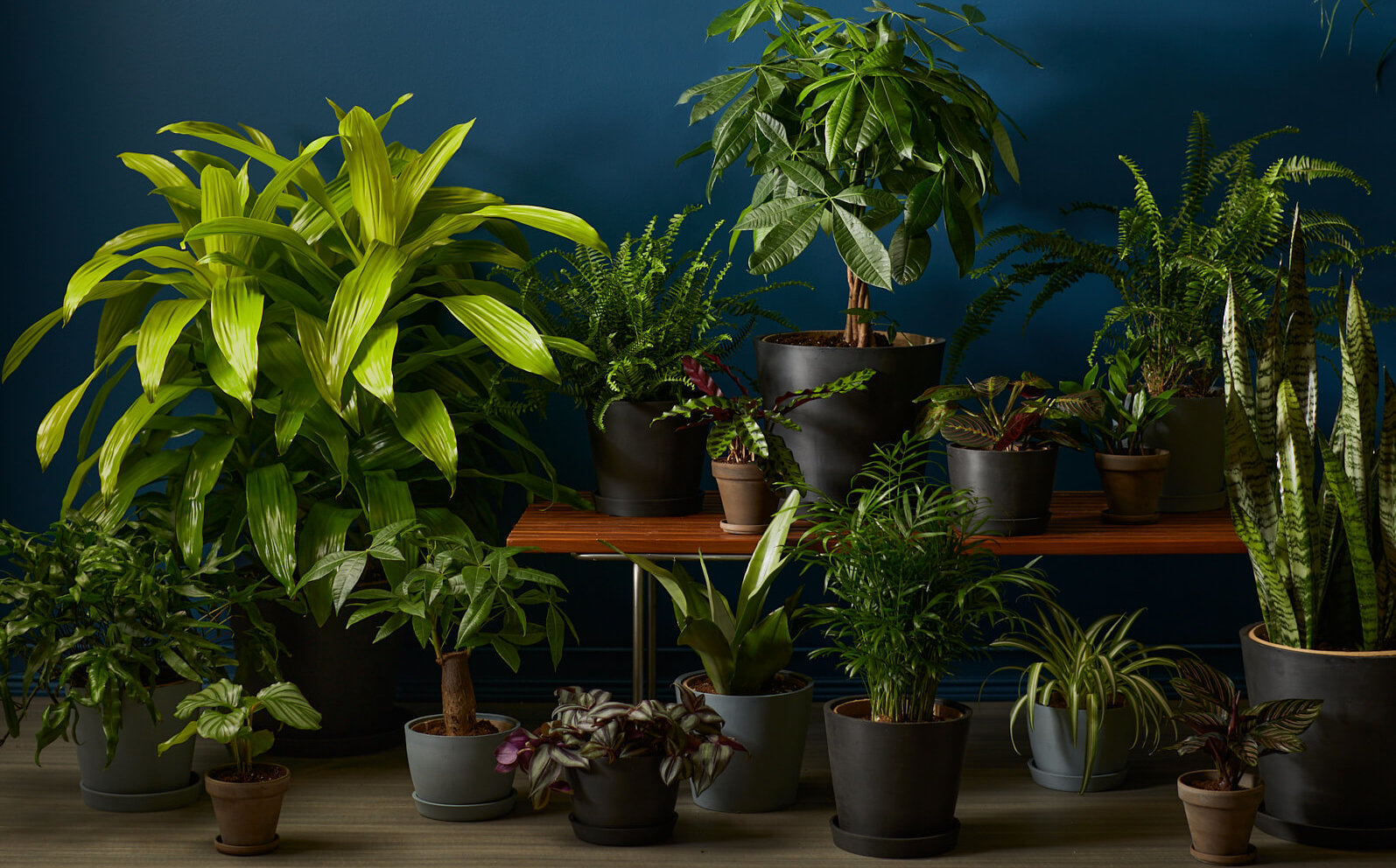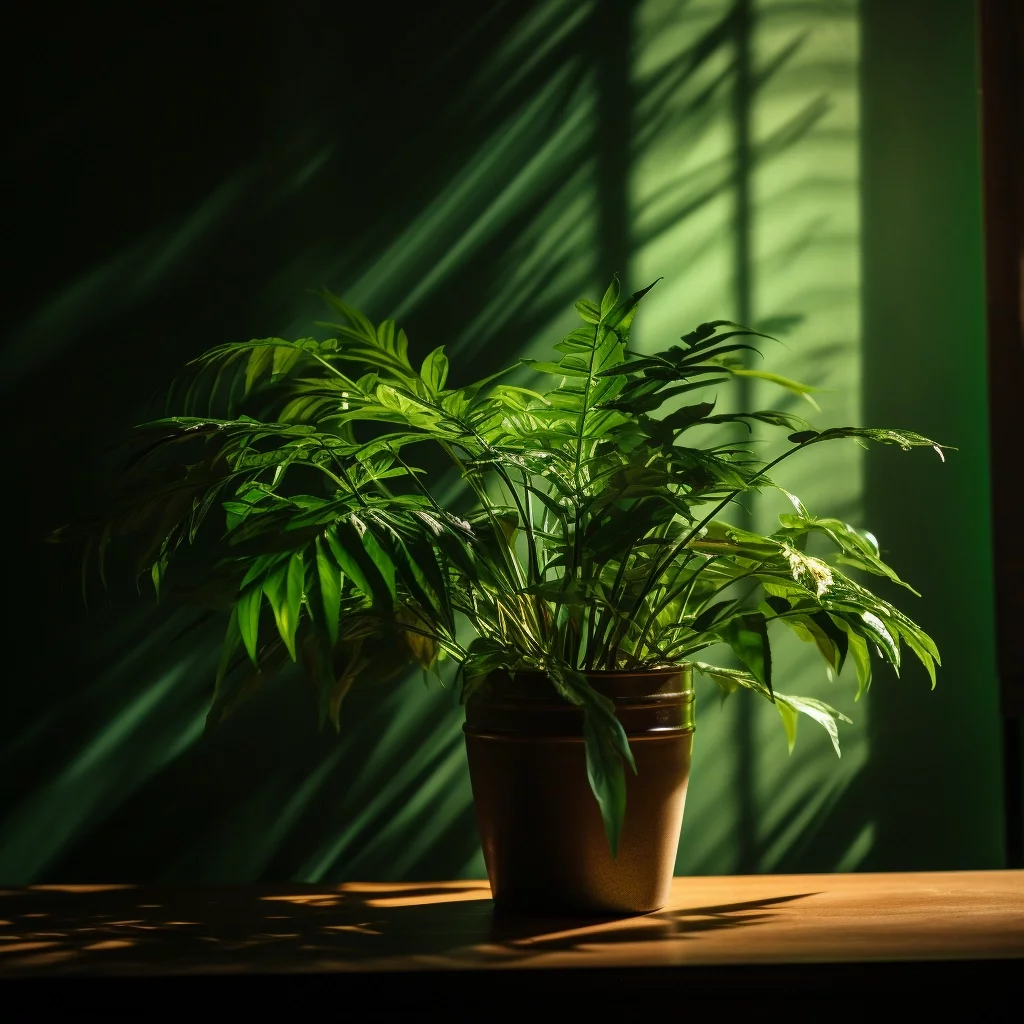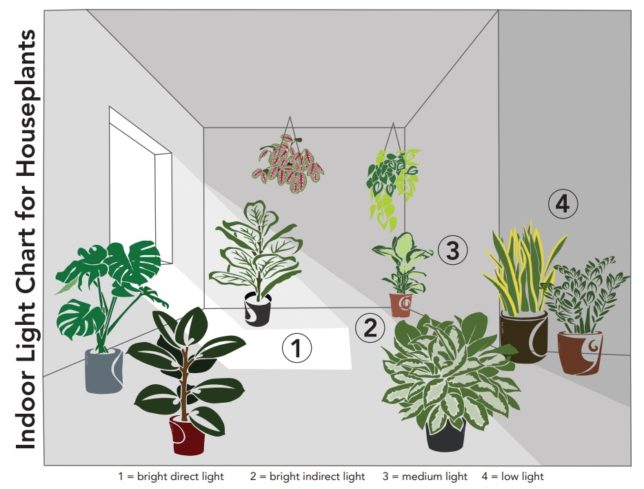Explore the Best Low-Light Indoor Plants for Easy and Stylish Home Decor
Explore the Best Low-Light Indoor Plants for Easy and Stylish Home Decor
Blog Article
Transform Your Home With Beautiful Low-Light Indoor Plants and Their Benefits
Incorporating low-light indoor plants into your home can considerably improve both the aesthetic and ecological high quality of your living areas. These plants, which grow in dark problems, offer not only as decorative elements but also as all-natural air cleansers, making them ideal for city occupants or those with restricted sunshine exposure. As we discover the different kinds of low-light plants and their benefits, you might discover unexpected ways to incorporate them right into your home that can change your surroundings in ways you could not have anticipated.
Benefits of Low-Light Plants
Low-light plants use various advantages for interior atmospheres, making them an outstanding choice for both amateur and knowledgeable gardeners. Among the main benefits is their versatility to low-light conditions, permitting individuals to boost their home without the requirement for comprehensive sunshine exposure. This particular makes them suitable for houses, workplaces, and other locations with limited all-natural light.

Furthermore, integrating low-light plants into home design can raise the aesthetic charm of an area. Their lavish foliage and varied textures produce a soothing environment, adding to general wellness. The existence of greenery has actually been linked to decreased tension levels and boosted performance, making low-light plants a functional choice for improving both physical and psychological health and wellness in indoor setups.
Leading Low-Light Indoor Plants
While several indoor plants prosper in intense light, several varieties are especially fit for low-light conditions, making them optimal for numerous interior spaces. One preferred choice is the Snake Plant (Sansevieria), understood for its striking upright fallen leaves and resilience, requiring very little treatment. Another excellent choice is the Pothos (Epipremnum aureum), which includes heart-shaped fallen leaves and can route perfectly from wall mounts or racks, flourishing in reduced light and adding a lavish touch.
The ZZ Plant (Zamioculcas zamiifolia) is celebrated for its glossy leaves and capability to hold up against neglect, making it best for active way of livings. Similarly, the Peace Lily (Spathiphyllum) not only tolerates low light but likewise generates stunning white blooms, enhancing any area's aesthetic.
For an unique touch, take into consideration the Cast Iron Plant (Aspidistra elatior), which indeed meets its name, growing in the darkest edges of your home. The Chinese Evergreen (Aglaonema) supplies a selection of leaf patterns and colors while being incredibly flexible in low-light conditions. These plants not only improve indoor environments yet likewise contribute to air filtration, improving your space.
Treatment Tips for Low-Light Plants

Sprinkling practices are vital; these plants usually choose a little dry problems. Overwatering can cause root rot, so guarantee that the leading inch of dirt is dry prior to sprinkling again. Use pots with water drainage holes to enable excess dampness to escape.
Humidity is another crucial factor. Numerous low-light plants, such as brushes and tranquility lilies, benefit from higher humidity degrees. To increase humidity, think about misting the fallen leaves or positioning a tray of water near the plants.
Fertilization should be come close to with care. Throughout the expanding season, use a weakened, balanced liquid fertilizer each month to sustain development, yet avoid fertilizing throughout the inactive cold weather.

Imaginative Ways to Show Plants
Interior plants can function as fascinating prime focus in any type of space, improving both visual charm and atmosphere. Innovative screens can raise the visual effect of low-light plants, making them an essential component of your home design. One effective method is to use tiered plant stands, which permit you to display several plants at varying heights while optimizing flooring area.
Hanging planters are another innovative alternative, producing a sense of deepness and attracting the eye up. Think about macramé hangers or wall-mounted racks to introduce a distinct texture and design.
For an extra structured approach, usage geometric terrariums or glass containers to house your plants, including a modern touch to your interior garden. You can also repurpose vintage products, such as teacups or wood crates, for an eclectic display screen that mirrors your go to this site character.
Enhancing Home Atmosphere With Plants
Incorporating low-light plants right into your home not only enhances aesthetic allure yet also adds considerably to the overall ambiance. These plants act as natural decor aspects, presenting a sense of peace that can transform any type of room. The existence of plant cultivates a relaxing ambience, which is particularly helpful in high-stress environments such as home workplaces or living spaces.
Low-light plants, such as snake plants, pothos, and ZZ plants, are not just aesthetically pleasing however additionally improve interior air top quality by filtering toxins. This dual feature boosts the atmosphere further, creating a much healthier living area (Best low-light indoor plants). The calculated placement of these plants can likewise affect the assumption of space; for instance, high plants can attract the eye up, making ceilings appear higher and areas extra sizable
Furthermore, varying appearances and colors of vegetation add depth to interior style, permitting innovative expression in home designing. Whether placed on racks, in corners, or as focal points, low-light plants can raise the mood of any area. In recap, including these plants into your home is an effective see way to foster a warm, welcoming atmosphere while profiting of boosted air quality and aesthetic convenience.
Verdict
Including low-light interior plants right into home atmospheres uses many benefits, consisting of enhanced aesthetic charm and enhanced air high quality. These durable plants, such as the Serpent Plant and Peace Lily, need very little light and upkeep, making them suitable for diverse way of lives. Their capability to filter contaminants adds to a much healthier home, while their diverse textures and shades improve interior decor (Best low-light indoor plants). Inevitably, the addition of low-light plants cultivates a tranquil and inviting atmosphere, changing any type of home right into a relaxing oasis.
While many interior plants flourish in brilliant light, several types are especially appropriate for low-light conditions, making them excellent for numerous interior rooms. One reliable method is to make use of tiered plant stands, which permit you to display multiple plants at varying elevations while making best use of flooring space.
Low-light plants, such as serpent plants, pothos, and ZZ plants, are not just visually pleasing however additionally improve indoor air high quality by filtering toxins. Best low-light indoor plants. The critical positioning of these plants can additionally influence the perception of room; for instance, tall plants can draw the eye upward, making ceilings appear higher and spaces more large
These resistant plants, such as the Snake Plant and Tranquility Lily, call for minimal light and maintenance, making them appropriate for diverse lifestyles.
Report this page